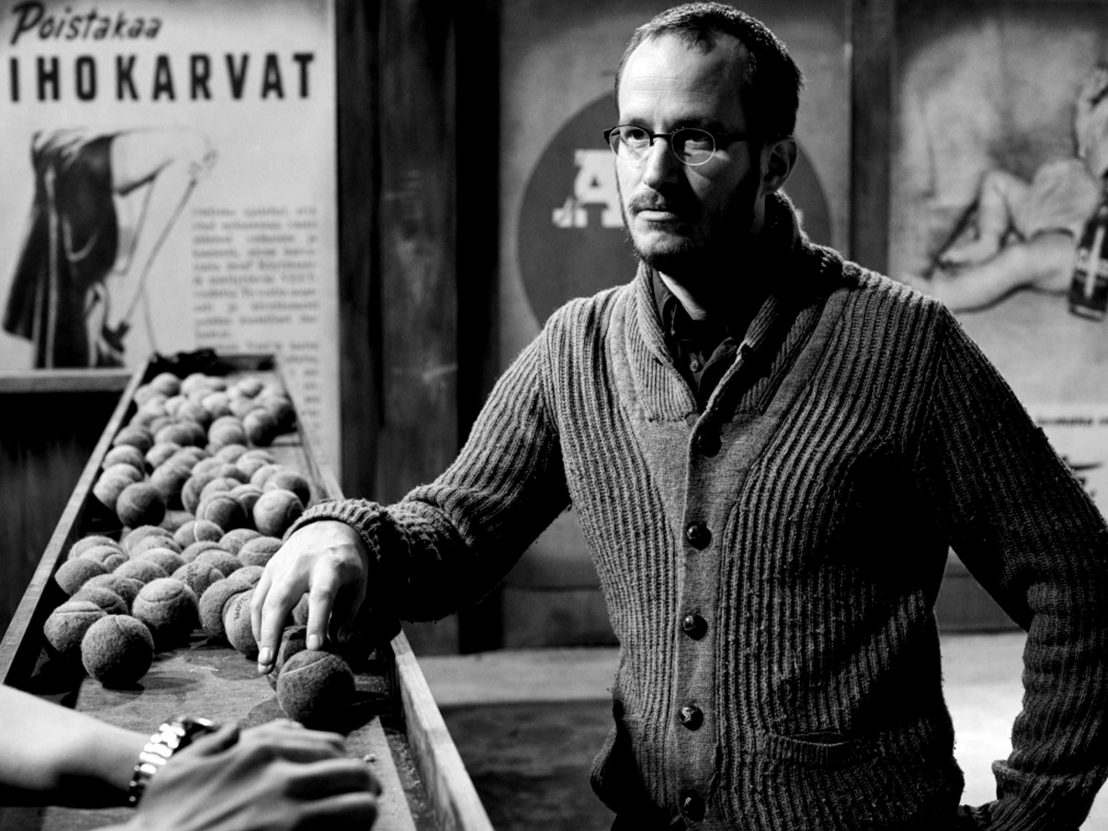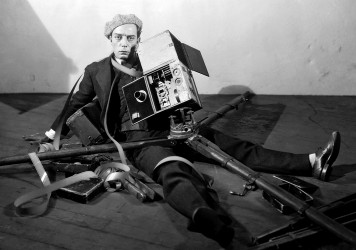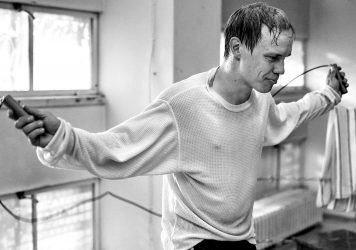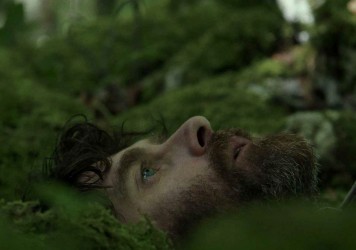

Director of the Close-Up Film Centre Damien Sanville offers a possible route to a 35mm revival.

A charming romance anchors this handsome boxing drama from director Juho Kuosmanen.

Director Tom Geens offers an essential eight-point guide to filming in exterior locations.